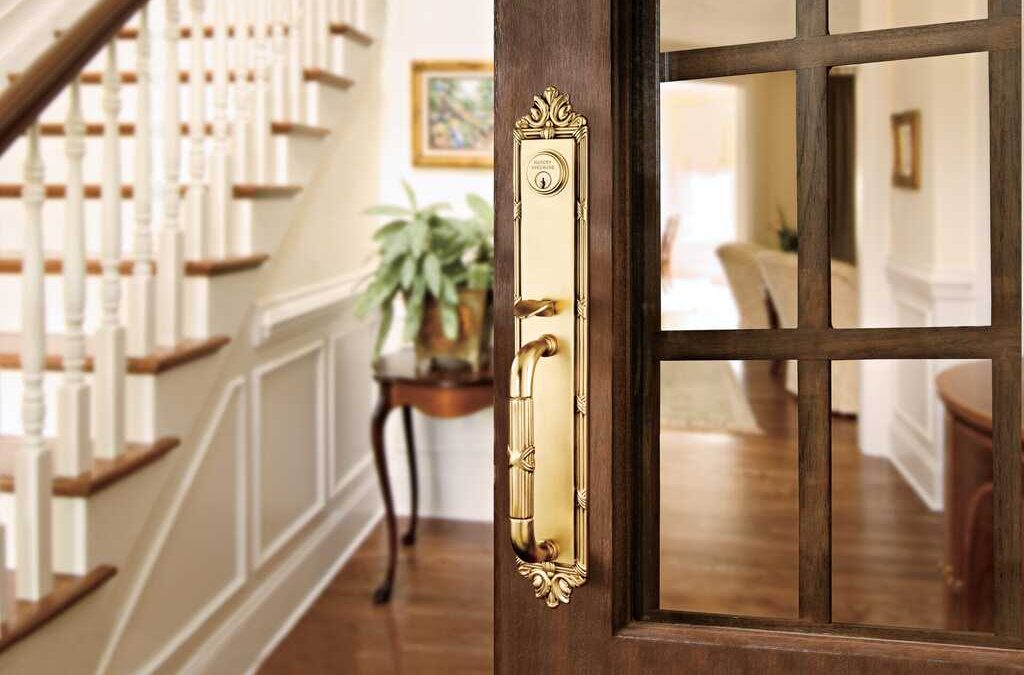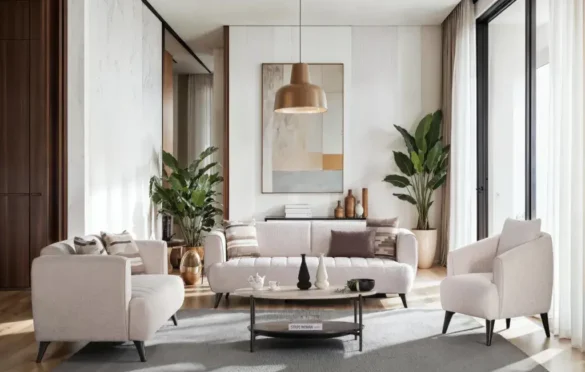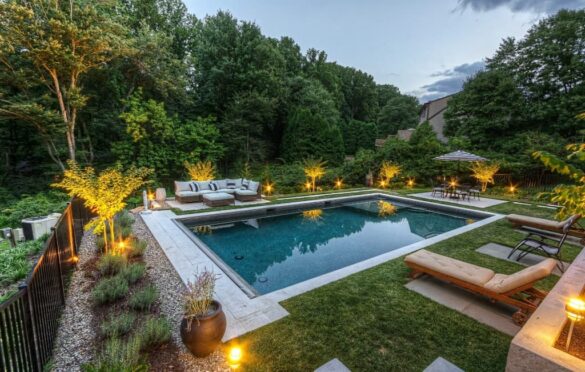Explore this post with:
The entryway is one of the most expressive areas of a home’s exterior. It is the place where materials meet, where structure transitions into intimacy, and where first impressions are quietly formed. Every decision made in this space, from cladding to lighting contributes to the identity of the home.
Among these elements, front door hardware is often overlooked. Yet it is one of the few parts of the entry that is touched and used daily. It bridges form and function in a way few architectural details do. Well-chosen hardware adds clarity to the design language, supporting both aesthetic vision and long-term performance.
For those seeking enduring solutions, front door hardware offers a considered blend of craft, durability, and cohesion.
The Intersection of Form and Function
Front door hardware carries a dual burden: it must support the security and usability of the home, while also enhancing its exterior character. Architects and designers often treat it as part of the door’s total composition, selecting pieces that align with the scale, geometry, and finish of surrounding elements.
A sculpted bronze pull or lever, for example, does more than operate a latch. It signals the tone of the home beyond, whether refined, rustic, or modern. These subtle cues shape perception before one even crosses the threshold.
Hardware should not simply match the style of the door, but also echo the surrounding architecture. Whether a home features clean, minimalist lines or intricate, classical detailing, the hardware should contribute to that narrative.
Material as Message
Bronze is a material favored in architecture for its strength, warmth, and graceful aging. Its surface evolves with touch, weather, and time, taking on a patina unique to each home. This quality makes it particularly suited for entry hardware, where tactile engagement and environmental exposure are inevitable.
Unlike coated metals that flake or rust, solid bronze resists corrosion naturally. It matures rather than degrades. In climates where salt, wind, or moisture are present, this resilience becomes a practical as well as visual asset.
Other materials, such as stainless steel or brushed nickel, also offer advantages depending on the design context. The key is choosing materials that suit the environment and the visual goals of the overall composition.
Cohesion Across Exterior Elements
Door hardware rarely stands alone. It should reflect and reinforce nearby materials, from door panels and sidelights to house numbers, knockers, and light fixtures. Consistency in tone, shape, and finish helps establish a unified entry statement.
A well-integrated hardware selection avoids visual clutter. For example, choosing pulls and locks that share the same material finish as nearby sconces or railings can help create visual rhythm. The entry then becomes not only functional but a carefully considered architectural gesture.
Cohesive design supports clarity. It ensures the entry feels intentional, not assembled from parts. Whether the home is clad in wood, stone, or steel, matching the tone of the hardware to its surroundings helps reinforce a sense of permanence.
The Role of Scale and Detail
The scale of the front door and its hardware must be considered together. Oversized doors call for substantial pulls, while slimmer entrances benefit from lighter, more minimal designs. The projection, grip size, and mounting of the hardware all contribute to how it feels and functions.
Attention to detail, such as the edge radius of a pull or the profile of a thumb latch, affects both use and perception. These small elements define the moment of entry. They create a sense of interaction between occupant and architecture.
Designers often use hardware as a kind of punctuation in their work. Like a carefully chosen typeface or trim profile, it helps communicate design intent. The right selection can amplify themes present throughout the exterior, from symmetry to contrast to repetition.
Supporting Everyday Performance
Beyond aesthetics, hardware must perform. Entry doors are opened and closed dozens of times each day, sometimes more. The lock must be secure, the handle smooth, the finish enduring. Poor-quality hardware can undermine the experience of even the most beautifully designed entry.
Choosing components with proven mechanical integrity protects the investment. It also reduces the need for future repairs or replacements, especially in climates that challenge surface finishes and moving parts.
In multi-family buildings or high-traffic environments, durability becomes even more important. Sturdy, well-engineered hardware can help minimize maintenance while still contributing to a refined appearance.
Where Design Meets Durability
Front door hardware is more than a detail. It is part of the architecture. It serves the hand, the eye, and the lifespan of the home. When selected with intention, it enriches the language of the entry and supports a broader design narrative.
Hardware choices should be guided by more than availability or trends. They deserve as much consideration as any other part of the home’s exterior. The goal is to select pieces that endure physically and remain meaningful as the building ages.
The entryway is an invitation. With thoughtfully chosen front door hardware, that invitation becomes a lasting impression, one of care, quality, and connection between user and space.
In Case You Missed It!
About the Author: archistyladmin
At Architecturesstyle, we’re passionate about smart design, beautiful spaces, and practical tips that help you bring great architecture into everyday life. Whether it's modern home ideas, iconic buildings, or expert advice, our team brings fresh and useful content to readers who love architecture as much as we do.




